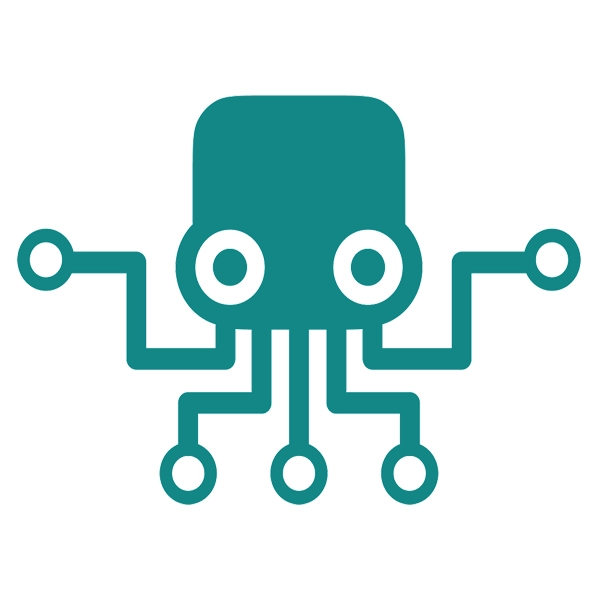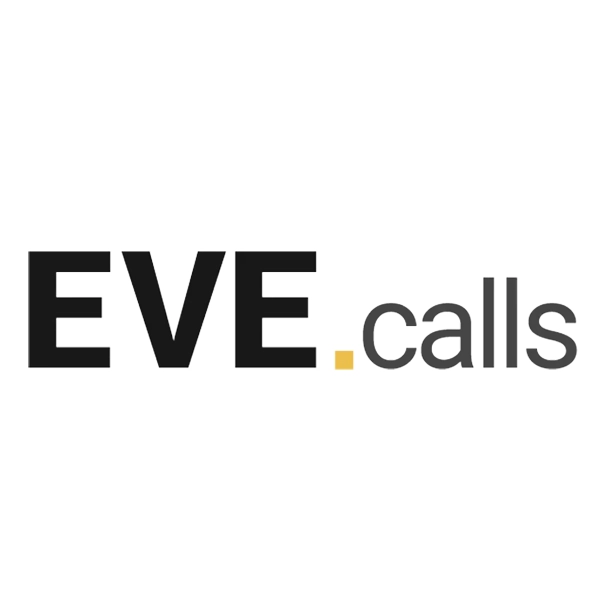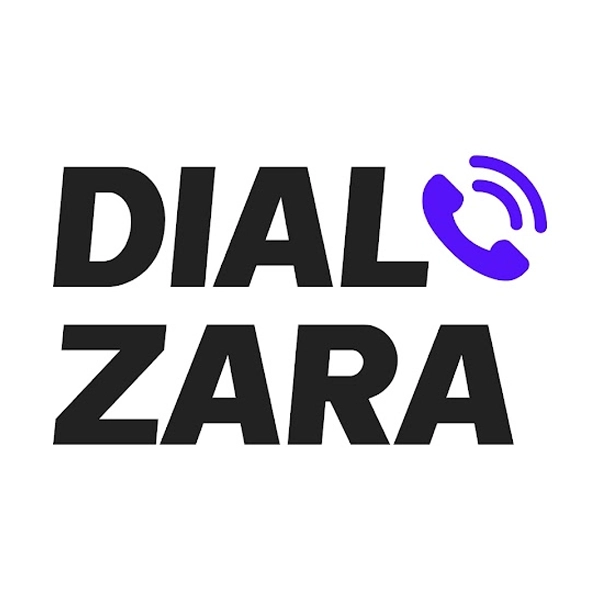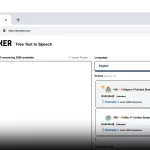Chatbot vs. Answering Service: A Showdown Chatbot vs. Answering Service Explained. Everything you ever need to know.

Conversational Voice AI, trained to speak your business.
 Build An Ai Agent
Build An Ai Agent

Table of Contents
Imagine you’re a small business owner with a growing customer base. The phone won’t stop ringing, and your inbox is flooded with customer inquiries. You need help, but hiring more staff isn’t cost-effective. Enter the age-old debate: chatbots vs. answering services. Which one reigns supreme in the world of customer support?
Let’s break it down, shall we?
Chatbots: The AI-Powered Assistants
Chatbots, those nifty little pieces of artificial intelligence, have taken the customer support world by storm. They’re available 24/7, handle multiple customer queries at once, and don’t demand a coffee break. These bots are particularly useful for e-commerce businesses, where the volume of customer inquiries can skyrocket during sales or holiday seasons.
Pros of Chatbots:
- Instant Responses: Chatbots provide real-time answers to customer questions, reducing wait times significantly.
- Cost-Effective: No salaries, no benefits – just a one-time setup and maintenance cost.
- Scalability: Whether you have ten customers or ten thousand, chatbots can handle the load without breaking a sweat.
- Streamline Repetitive Tasks: FAQs, order statuses, and basic troubleshooting are right up their alley, freeing up human agents for more complex issues.
- Natural Language Processing (NLP): This allows chatbots to understand and respond in a way that feels, well, natural.
But, like everything, chatbots aren’t perfect.
Cons of Chatbots:
- Lack of Human Touch: Despite advancements in AI, sometimes you just need a real person. Chatbots can feel impersonal and may struggle with complex queries.
- Limited Understanding: Without human intervention, chatbots might miss the nuances of certain customer needs.
- Functionality Limitations: They’re great for straightforward tasks, but when it gets complicated, their algorithms can fall short.
Answering Services: The Human Touch
Answering services, on the other hand, offer that personal touch many customers still crave. Imagine a friendly voice answering your call, ready to assist with your needs. This human interaction can be crucial for building customer loyalty and satisfaction.
Pros of Answering Services:
- Human Interaction: There’s no substitute for a real person when dealing with complex issues or sensitive topics.
- Personal Touch: Human agents can provide empathy, understanding, and nuanced solutions that a bot simply can’t.
- Versatility: They can handle a wide range of tasks, from booking appointments to resolving customer complaints.
However, they’re not without their drawbacks.
Cons of Answering Services:
- Cost: Paying for human agents, even through outsourcing, can be expensive, especially for small businesses.
- Limited Availability: Unless you’re paying for a 24/7 service, there will be times when customers have to wait.
- Scalability Issues: Unlike chatbots, answering services can struggle with a sudden influx of calls, leading to longer response times.
Top 3 Chatbots
- ChatGPT: Developed by OpenAI, ChatGPT is renowned for its versatility and accuracy, utilizing advanced models like GPT-3.5 and GPT-4. It excels in providing detailed responses and supports various applications, from casual conversations to complex data analysis.
- Gemini: Originally launched as Bard by Google, Gemini stands out for its multimodal dialogue capabilities and advanced language model. It’s free to use and excels in tasks requiring logical reasoning and creative collaboration.
- Claude: Created by Anthropic, Claude is praised for its “Constitutional AI” approach, making it a safe and effective tool for document analysis and creative writing. It offers significant capabilities for handling large text inputs and detailed summarizations.
Top 3 Answering Services
- Ruby Receptionists: Ruby provides a highly personalized answering service with live agents, offering 24/7 availability. It integrates with various CRM tools, enhancing customer interactions for small businesses and ensuring a personal touch.
- AnswerConnect: This service offers live call answering with additional features like appointment scheduling and customer support. It’s designed to improve customer engagement and streamline business processes, making it ideal for small businesses and e-commerce.
- PATLive: Known for its versatility, PATLive offers 24/7 answering services with live agents who handle customer inquiries, order processing, and call routing. Its focus on customer satisfaction makes it a reliable choice for businesses needing consistent and high-quality customer support.
Try Play.AI – an AI Answering Service
Play.AI is revolutionizing customer interactions with its cutting-edge conversational AI, featuring smart agents that handle tasks with remarkable human-like precision. These intelligent agents excel in managing bookings, whether it’s making, editing, or canceling appointments, all while seamlessly integrating into your existing workflows.
What sets Play.AI apart is its ability to be interrupted mid-conversation, just like a real person, ensuring that interactions remain natural and responsive. This level of sophistication in AI technology makes Play.AI the best choice for businesses seeking to enhance their customer experience with advanced, actionable, and adaptable solutions.
Comparison table of Chatbot vs Answering Service
| Feature/Service | Chatbots | Answering Services |
|---|---|---|
| Top Providers | ChatGPT (OpenAI) (Tech.co) (Automate your work today | Zapier), Gemini (Google) (Zendesk), Claude (Anthropic)(Tech.co) (Zendesk) | Ruby Receptionists, AnswerConnect, PATLive |
| Real-Time Responses | Yes, AI chatbots provide instant responses to customer inquiries. | Yes, live agents can answer calls and respond immediately. |
| Availability | 24/7, always available without the need for breaks or shifts. | Often 24/7, but depends on the service plan and provider. |
| Scalability | Highly scalable, can handle thousands of simultaneous interactions without additional cost. | Limited by the number of available agents; scaling up can be costly. |
| Personal Touch | Limited, lacks the empathy and nuanced understanding of human agents. | High, live agents provide a personal touch and can handle complex emotional interactions. |
| Handling Complex Queries | Can struggle with highly complex or ambiguous inquiries; better suited for repetitive and straightforward tasks. | Excels at handling complex queries and providing detailed, personalized responses. |
| Customization | High, chatbots can be programmed and customized to fit specific business needs and workflows. | Moderate, services can train agents to understand specific business requirements but with less flexibility than programmable chatbots. |
| Integration | Easily integrates with CRM systems, e-commerce platforms, and other business tools. | Can integrate with some business tools but usually involves more manual setup and coordination. |
| Cost-Effectiveness | Generally more cost-effective, especially for high volumes of interactions; often has a one-time setup cost plus ongoing maintenance fees. | More expensive due to ongoing costs associated with human labor; pricing often depends on the number of calls and complexity of service required. |
| Price Examples | – ChatGPT: Free to $20/month (Pro version) (Tech.co)(Automate your work today | Zapier)<br>- Gemini: Free to $19.99/month for advanced features (Zendesk)<br>- Claude: $0.80/million tokens to $8.00/million tokens (Zendesk) | – Ruby Receptionists: Starts at $299/month<br>- AnswerConnect: Around $150/month<br>- PATLive: Starts at $39/month, depending on call volume |
| Setup Time | Quick setup, often ready to use out-of-the-box with minimal configuration. | Longer setup time as agents need to be trained on business-specific processes and information. |
| Human Interaction | None, relies entirely on AI technology and algorithms. | High, relies on live human agents to interact with customers. |
| Response Consistency | Very consistent, as responses are based on programmed algorithms and machine learning models. | Can vary depending on the agent’s understanding and performance. |
| Examples of Use Cases | E-commerce customer support, handling FAQs, appointment scheduling, order tracking, and basic troubleshooting. | Appointment scheduling, handling sensitive or emotional customer interactions, complex issue resolution, and detailed customer inquiries. |
The Verdict. What do I Think.
So, what’s a business owner to do? The answer often lies in a hybrid approach. Use chatbots to handle the bulk of simple, repetitive tasks and inquiries, ensuring quick, efficient customer interactions. For more complex queries and those needing a personal touch, human agents or a virtual receptionist can step in. This balance of automation and human touch can streamline customer support, improve customer satisfaction, and foster better customer relationships.
Chatbots can handle the FAQs, provide instant responses, and manage real-time customer engagement, while human agents tackle the nuanced, complex issues. This dual approach ensures that customer needs are met efficiently and effectively, enhancing the overall customer experience.
In the end, it’s all about understanding your business needs and finding the right blend of technology and human touch to deliver the best customer support possible. After all, whether it’s a bot or a real person, what truly matters is that your customers feel heard, valued, and satisfied.
What is the difference between a chatbot and conversational AI?
Chatbots provide automated responses through messaging, while conversational AI leverages advanced AI technology and machine learning to understand and respond more naturally, enhancing the user experience.
What is the difference between a chatbot and a contact form?
A chatbot offers real-time interaction and instant responses through messaging, whereas a contact form collects user information for later follow-up, often requiring live agents to process.
Can chatbots replace customer service?
AI chatbots can handle many routine customer inquiries, but they can’t fully replace customer service, especially for complex issues requiring human intervention from live agents.
What is the difference between chatbot and chat support?
What is the difference between chatbot and chat support?
Similar articles
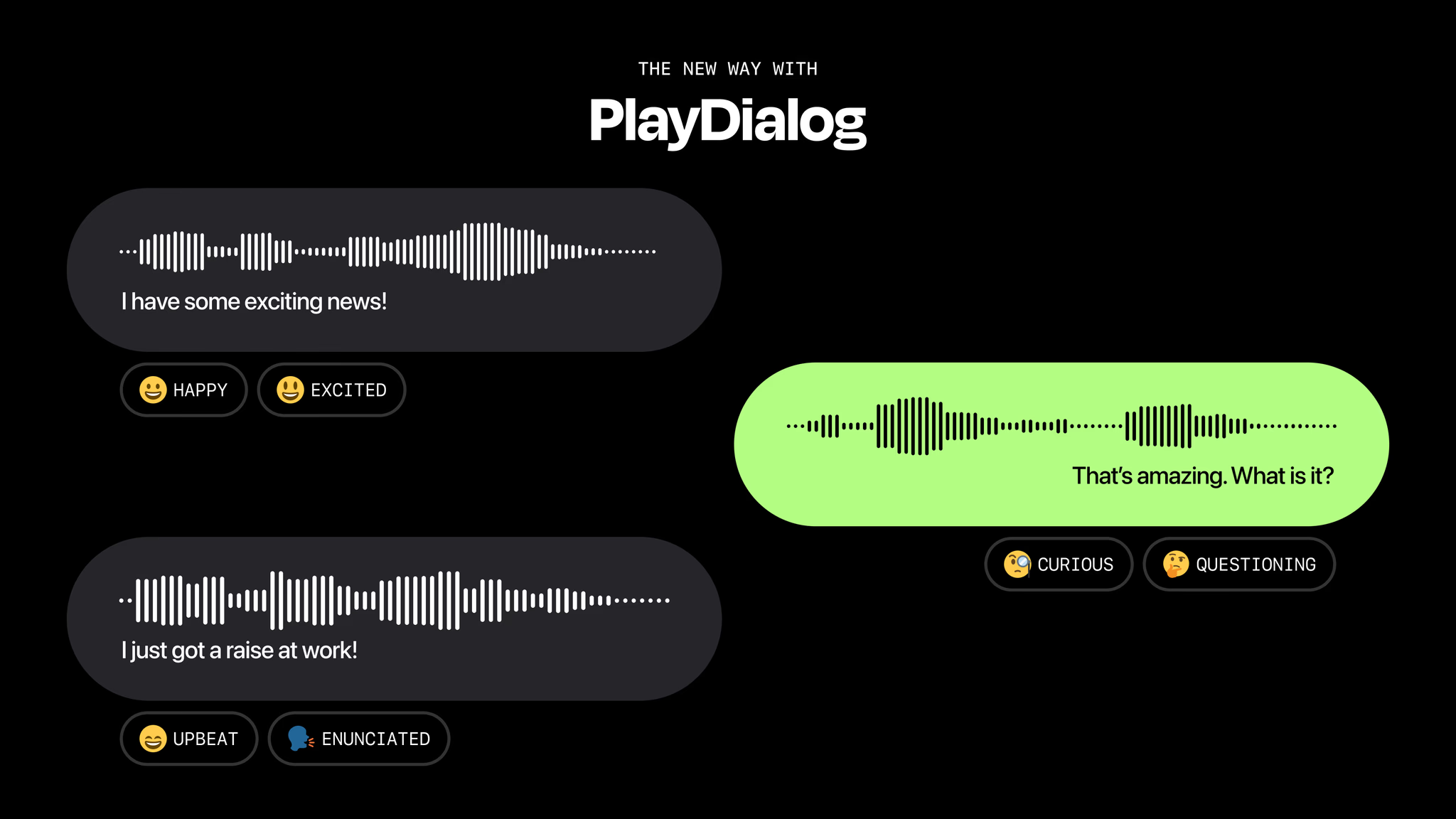
Introducing PlayDialog – A voice model built for fluid, emotive conversation

Introducing Play 3.0 mini – A lightweight, reliable and cost-efficient Multilingual Text-to-Speech model
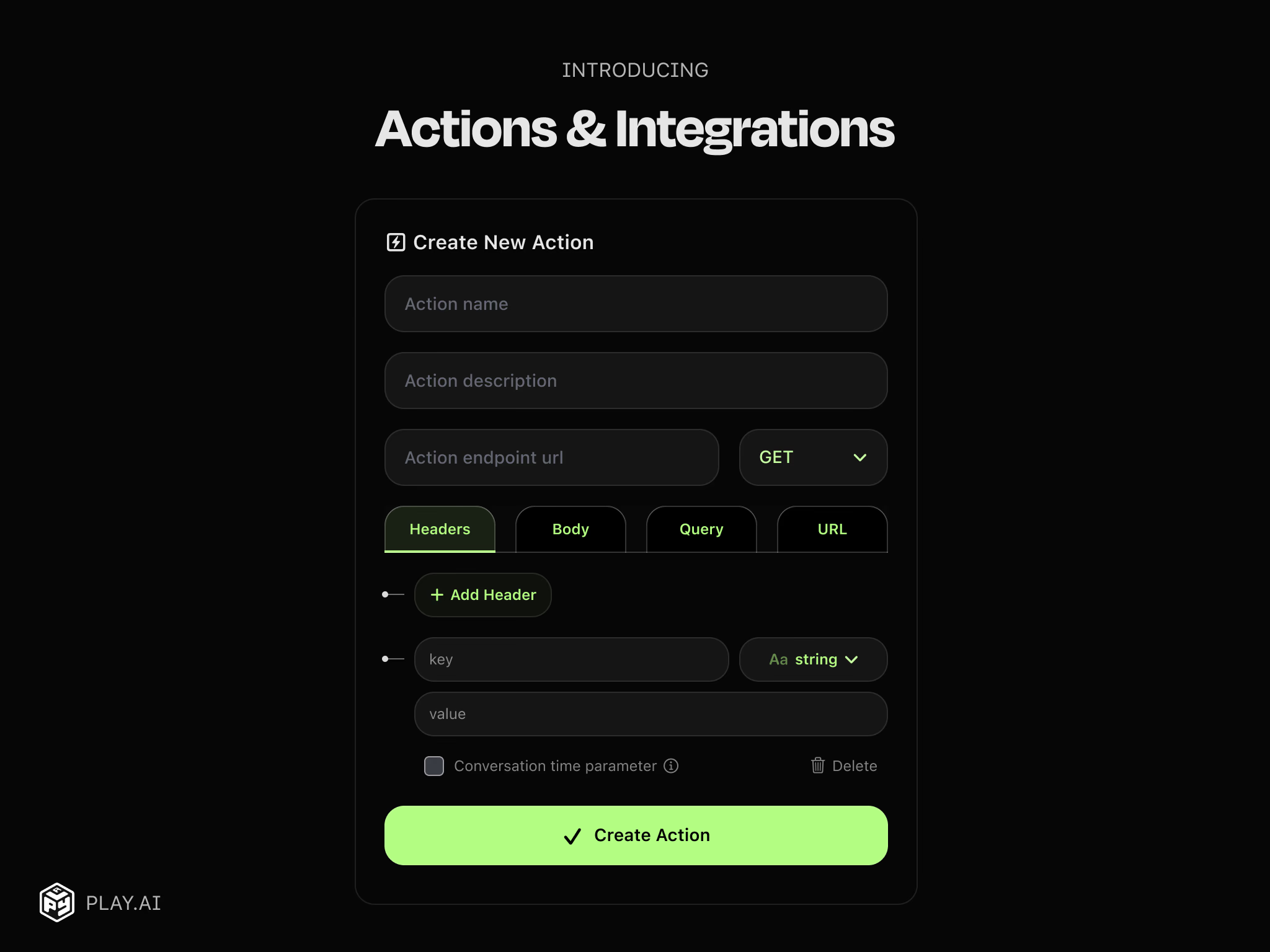
Play Actions 1.0

Introducing Play AI – A Conversational Voice Interface for AI

Create Agent Updates

What’s New In Play.ai

Tips for Creating the Best AI Voice Clones

Phone Ordering System: Revolutionizing Customer Experience with AI Solutions

Contact Center Automation: Faster, Smarter Support

AI Customer Service: Support that Never Sleeps

AI for Real Estate Leads: Close Deals Fast

AI Concierge: Transforming Customer Interactions

PlayAI’s $21M Funding and The Release of a New Multi-Turn Speech Model

Synthflow AI Pricing : A Complete Overview

Bland AI Pricing 2025: Everything You Need to Know





















































